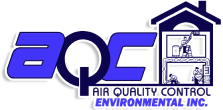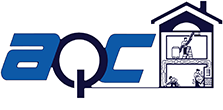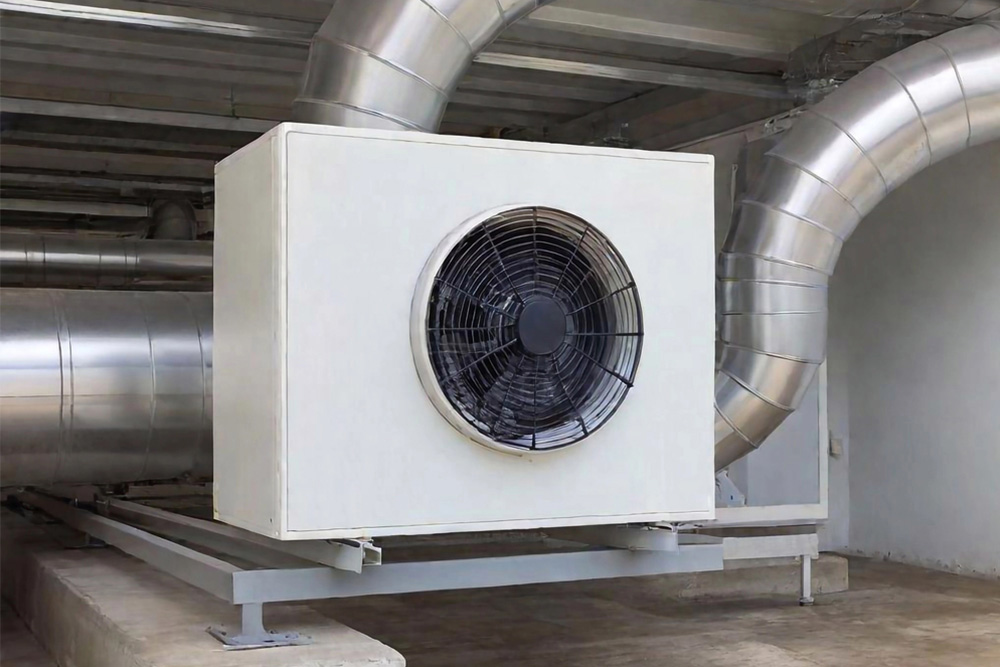When it comes to your home’s HVAC system, the material of your air ducts plays a significant role in its efficiency and performance. Many homeowners often overlook the impact that different air duct materials can have on energy consumption, air quality, and overall comfort.
Let’s explore the five most common air duct materials and their unique characteristics.
Sheet Metal Air Ducts
Sheet metal is the most widely used material in modern homes, often made from galvanized steel or aluminum. These ducts are available in round, rectangular, and spiral oval shapes.
- Advantages: Sheet metal ducts resist mold and moisture, making them a healthy choice in humid environments. They also collect less dirt and debris, which supports cleaner airflow.
- Disadvantages: However, sheet metal air ducts do have some downsides. They can corrode over time, especially when exposed to water. They are also rigid and cannot be bent or shaped as easily as flexible options.
For those considering air duct replacement, sheet metal is a solid option for new installations. However, it is important to have a professional handle the installation to avoid issues with poor sealing, which can cause air leakage and reduce system efficiency.
Fiberboard Air Ducts
Fiberboard is made from compressed resin and organic glass fibers, often covered in foil for added protection. It is valued for both thermal and acoustic insulation.
- Advantages: Built-in insulation helps maintain a consistent temperature inside the ducts. It also reduces noise, which makes it useful in homes where quiet operation is a priority.
- Disadvantages: Fiberboard is less durable than some other air duct materials. Moisture can damage it and create conditions for mold growth. It may not be the best choice for damp or humid areas.
Fiberglass Air Ducts
Fiberglass ducts feature a layer of fiberglass insulation bonded to sheet metal. This combination of materials helps keep air at the desired temperature as it flows through the system.
- Advantages: Excellent insulation reduces energy loss and can help lower utility costs. It also offers soundproofing benefits, which can make HVAC operation quieter.
- Disadvantages: One of the significant concerns with fiberglass air ducts is the potential release of fiberglass particles into the air. Over time, these particles can deteriorate and compromise air quality. Fiberglass ducts also require careful maintenance to prevent damage from moisture and pests.
If you are looking to replace your air ducts or install new ones, consider fiberglass for its energy-saving properties.
Flexible Air Ducts
Flexible air ducts are made from a spring steel wire helix that is covered with a two-ply polymer plastic. These ducts are lightweight, flexible, and easy to install. For this reason, they are a popular choice for both residential and commercial applications.
- Advantages: The biggest advantage of flexible ducts is their flexibility. They can be easily maneuvered into tight spaces and around obstacles – ideal for homes with complex layouts. They are also less expensive than rigid ducts, which makes them an attractive option for budget-conscious homeowners.
- Disadvantages: While flexible ducts are easy to install, they can also be more prone to damage from improper handling. The material is not as durable as sheet metal and may suffer from punctures, kinks, or leaks over time.
Hybrid Duct Systems
Some homeowners may choose a combination of duct materials for different parts of their home. For example, a system might incorporate flexible ducts for hard-to-reach areas and sheet metal ducts for main supply lines. This hybrid approach offers flexibility while maintaining durability and efficiency.
- Advantages: Hybrid systems offer the best of both worlds. They combine the flexibility of plastic ducts with the durability and mold resistance of metal ducts. These systems are highly customizable to fit the unique needs of your home.
- Disadvantages: Hybrid duct systems can be more expensive to install than choosing a single material. Furthermore, mixing materials may lead to complications if the system is not designed and installed properly.
How Air Quality Control Environmental, Inc. Can Help
Air Quality Control Environmental, Inc. specializes in air duct replacement, professional air duct cleaning, and installation services tailored to your home’s needs. Our experienced team will guide you in selecting the best air duct material to support long-term performance and healthy indoor air.
Regular cleaning helps remove dust, allergens, and debris, improving air quality while supporting your HVAC system’s efficiency. With proper installation and ongoing maintenance, your ducts can deliver consistent comfort and reliable airflow for years.
Contact us today for a detailed inspection, thorough cleaning, or to schedule your air duct replacement service.


